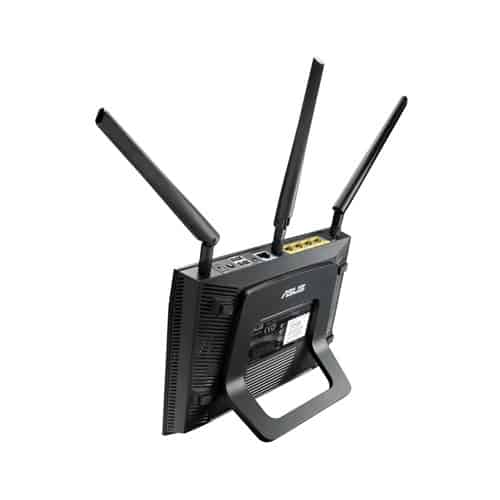

Altering your DNS - VPN providers often use exclusive DNS servers to prevent DNS leaks.As such, there are times when some protocols get targeted for VPN blocking, and some go unnoticed. The VPN creates a tunnel based on such protocols, the core rules governing VPN connection. Changing the VPN protocol - Some protocols are fast, others are secure, and many are both.If it is affected by latency or congestion, you won’t be able to establish the VPN tunnel. Using different VPN servers - We already know that a server plays a crucial role in a successful connection attempt.Hence, you can try moving them around until you find your way out of the predicament. Change VPN settingsĪs we mentioned, the cause can be in your settings.

Given below are a few self-help methods one can employ to prevent or solve the underlying issues and fix the problem when ASUS router VPN disconnects: 1. General troubleshooting to fix ASUS router VPN issues You can always check your router settings to ensure a stable VPN connection. Or it is filtering specific data packets as instructed. Maybe your router is operating on a power saver mode.

Sometimes, things aren’t that far-fetched, and the cause is closer to home. A congested server will always result in packet loss, contributing to VPN disconnection. It, in turn, leads to overcrowding, causing congestion. As a result, more and more VPN clients try to attempt a connection to these servers. We already hinted at solutions.Ī VPN can have thousands of servers, but some are more popular.

Hence, if your ISP is determined and bound by laws, it can block any suspected VPN traffic, resulting in disconnection. VPN blocking via ISPĪlthough your ISP isn’t privy to your activities hidden behind a VPN, it can spot the traffic. If you are on a shared network, then due to limited bandwidth, you might experience a laggy connection. Any faults in hardware can cause disruptions to the services. Other networking issuesĪn internet connection might span the globe, but it is highly dependent on infrastructure. Hence, latency can cause VPN disconnection. A packet loss is a phenomenon where the outbound data fails to reach the intended destination due to any reasons. If the distance is too great, the data packets traveling the network will suffer packet loss. Latency is the distance between your router VPN and server. There are also causes, and one can fix them to get rid of ASUS router VPN disconnection issues. Hence, if a router filters the ping packets, it will cause disconnection. But what role does a router play in all this? Any data packet reaches the client only after crossing a router (physical or virtual). If the client fails to receive such signals, it automatically assumes that the server has gone offline, forcing it to disconnect. They send each other a cryptographically signed ping every 10 seconds to inform of their live/online status. The core reason behind any network disconnection stems from the relationship between the VPN client and the server.
Asus router block wired client how to#
That’s why we are bringing our readers this article that touches on how to fix ASUS router VPN disconnecting issue. But even these quality products face issues when the router VPN disconnects. ASUS is undoubtedly one of the leading router manufacturers. The Gargoyle router shows up in the RT-N16's device list as a wireless client (which is what I want).Unlike clients, which are essentially pieces of software, a VPN router is a piece of hardware susceptible to similar troubles. This is where I'm unsure of what to do next.Īccording to the Gargoyle router's WAN settings, its IP address is 192.168.0.51, which is an IP that the RT-N16 assigned to it via DHCP. As it stands, all guests can still ping and access any device connected to the RT-N16, even though the Gargoyle router is a seperate LAN altogether. I want any guest device connected to the Gargoyle router to be 100% isolated from the RT-N16's LAN, but still have access to the internet. My Setup:Ĭable Modem-WIRED TO WAN PORT->ASUS RT-N16 (which has several wireless devices, and 4 wired devices) -WIRELESS->Gargoyle router (in gateway mode, so it has its own LAN)-WIRELESS/WIRED->GuestsĪny device connected either wired or wireless to the Gargoyle router (which has its own ssid) can access the 4 wired, and any wireless clients connected to the RT-N16's SSID. The Gargoyle router does broadcast its own SSID for guests, but even clients connected to that are able to ping and access devices connected to my main router. I didn't think Tomato supported multiple SSID's.


 0 kommentar(er)
0 kommentar(er)
